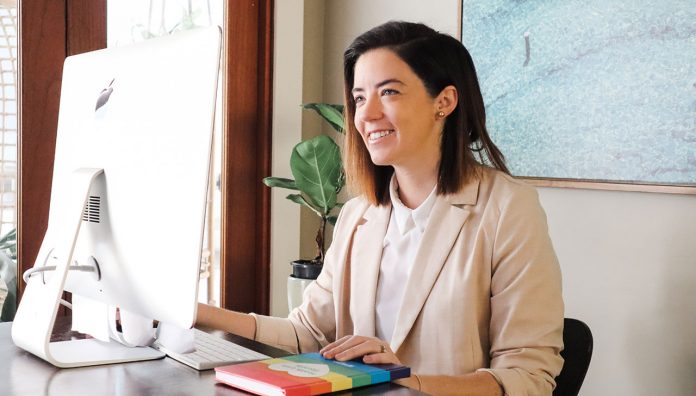Telehealth for pharmacists has been around for some time, but will its expansion during the COVID-19 pandemic era make it normal practice?
Telehealth may be the ‘abiding legacy’ of COVID-19 for health professionals, Health Minister Greg Hunt declared two months ago as Australia went into virtual lockdown.1
And the recent introduction of telehealth medicine reviews means community pharmacists are now also able to discover the benefits of telehealth for patient care. Following PSA’s drive to improve access to medicine reviews, the federal government announced in April that pharmacists could, for the first time, provide funded medicine review services via telehealth for patients who met the eligibility criteria.
PSA National President Associate Professor Chris Freeman said then that face-to-face consultations remained best practice but he welcomed the announcement as it allowed medicine reviews to be conducted more frequently to deliver the best outcomes for patients.
Nicolette Ellis MPS was one of the first pharmacists to conduct medicine reviews using telehealth in her role as the senior clinical pharmacist for Beyond Pain. Last year’s PSA Queensland Early Career Pharmacist of the Year, now a consultant and educator specialising in persistent pain treatment and management, Ms Ellis works alongside an allied health team that orders medicine reviews once an in-depth consultation with the patient is completed.
‘The benefits for the patient are really good. It reduces anxiety, it’s easier for them and more economical. In rural and remote areas most people wouldn’t see a pain specialist or have access to a multidisciplinary program team,’ she told Australian Pharmacist.
‘I think it’s something that can be used more because there are barriers to accessing healthcare for lots of different demographics.’
|
TELEHEALTH CONSULTATIONS A range of options is available for conducting telehealth pharmacy consultations, from a phone call to video calling apps and software such as Zoom, Skype, FaceTime, Duo and GoToMeeting. The PSA has echoed government advice that to ensure patient privacy, it is important to use platforms that have adequate encryption. Some additional encrypted platforms used by pharmacists in Australia include: doxy.me: A telemedicine platform that enables patients to video call without downloading an app. It offers live chat, a patient queue and patient check-in. HealthEngine: An app that enables phone consults, secure video, a waiting room, new patient forms and integration with practice management systems. |
The evidence for telehealth
Telehealth has been used increasingly in Australia over the past decade, especially in remote areas, for services from rural hospitals to healthcare services across a wide area.
While there has been limited research into Australian pharmacists’ use of telehealth, it has been shown to be a cost-effective way of improving service quality, promoting the safer use of medicines and reducing hospitalisation due to medicine misadventure in remote communities.2 However, start-up time and costs have proved a barrier to the wider rollout of telepharmacy in non-remote areas.3
That barrier was lifted as COVID-19 emerged in Australia, and pharmacists’ use of telehealth was fast tracked by the pandemic, says Krysti-Lee Rigby MPS, the Vice President of PSA NSW and Professional Services Account Manager at instigo.
Late last year, she helped instigate the pharmacy-facilitated teledentistry ViDe service at Moodies Pharmacy in Bathurst, NSW, before an intended rollout in pharmacies in the NSW central west area and the Australian Capital Territory.
‘The biggest barrier before [the pandemic] was usually the pharmacist themselves,’ Ms Rigby said. ‘COVID-19 …has made people jump on board, get up to date with the technology and change their practice. Once you get over the fear of the unknown you realise you can have a very successful consultation.’
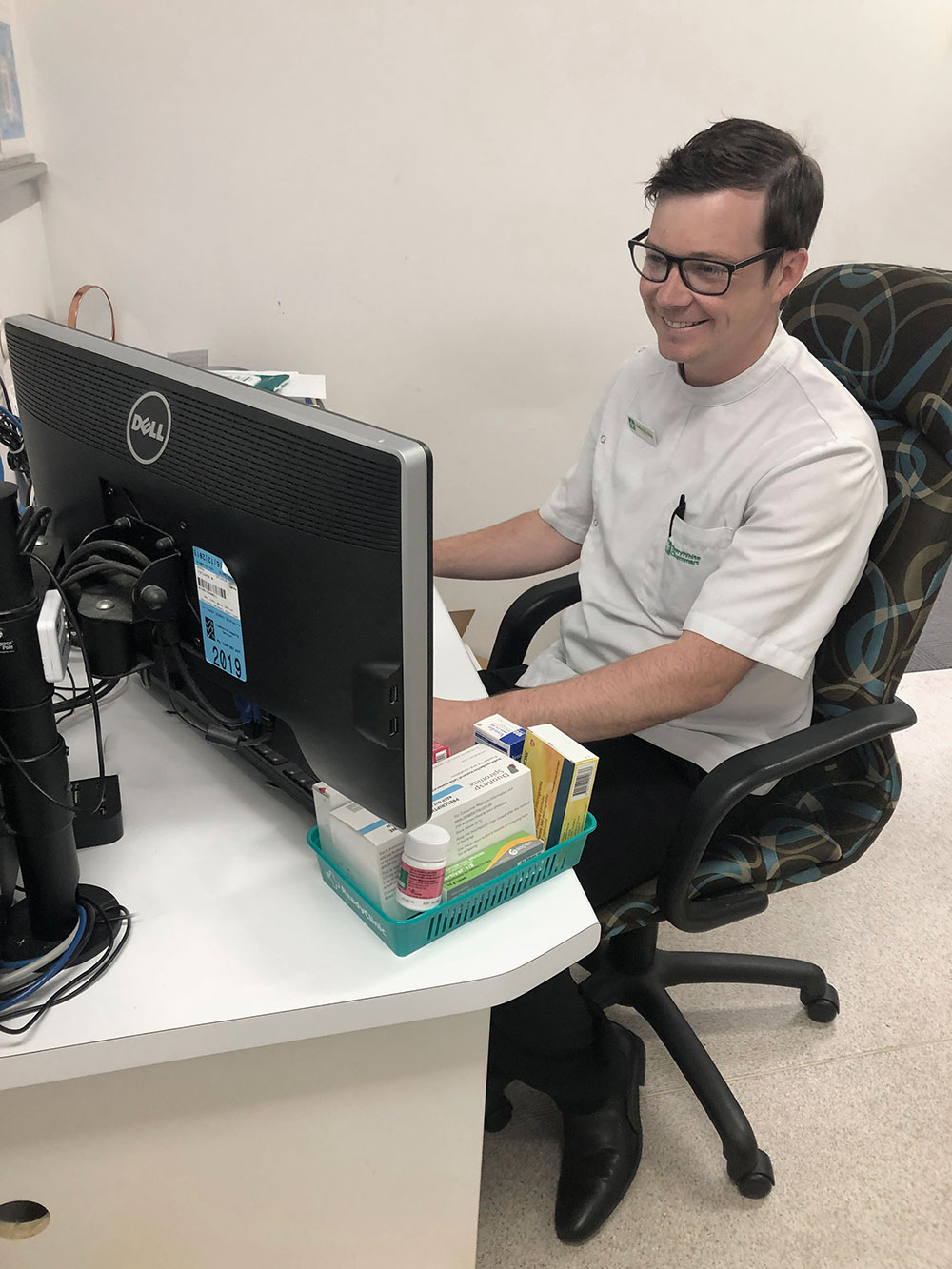
Callan Beesley MPS, a pharmacist in Coffs Harbour, NSW, was initially cautious about conducting home medicines reviews (HMRs) via telehealth and has deferred most of these until he can do them face to face.
However, after he started conducting phone or videoconferencing consultations for patients whose reviews could not wait, he saw the benefits – particularly for patients isolated during the pandemic.
‘For a lot of these patients telehealth is also about a bit of a welfare check,’ he said.
‘When they’ve been isolated and not talking to people, they are often keen for a chat, and, taking longer than usual to do a bit of small talk helps initially – to build that relationship.
‘In my experience, patients are also less defensive [about their HMR] by phone.’
Getting the most out of telehealth
Pharmacists may temporarily use telehealth to deliver essential medical management consultations such as a MedsCheck, Diabetes MedsCheck, HMRs or Residential Medication Management Reviews (RMMR) to eligible patients via telehealth.
Eligible patients include:
- patients aged over 70
- Aboriginal and Torres Strait Islander people aged over 50
- people with chronic health conditions or who are immunocompromised
- parents with new babies
- pregnant women
- and those who meet the national triage protocol criteria for suspected COVID-19 infection.
Following the federal government’s response to the Interim Report of the Royal Commission into Aged Care Quality and Safety, HMRs and RMMRs now include the option for pharmacists to conduct follow-up services within 9 months of the initial patient consultation.
PSA has issued guidelines for telehealth medicine review services that stress the importance of initial contact with the patient, the use of appropriate technology, and the need to document consent from the patient. The guidelines note that telehealth consultation may not be appropriate for all patients.
The PSA’s updated Guidelines for comprehensive medication management reviews and Guidelines for Quality use of medicines (QUM) services (see resources box below) can be found on its dedicated COVID-19 information page.
As doctors have previously faced Medicare audits, and questions about the safety of telehealth, Ms Ellis says it’s important for pharmacists to ensure they follow the correct process.
The key to using telehealth safely, she says, is to properly structure the consultation, ensure you write down that the patient consented, document ‘everything’ and refer if necessary.
Ms Ellis always takes the time for an in-depth conversation with patients before discussing medicines and follow-ups, with clear instructions via email. ‘It’s better to be on top of that at the beginning as we are proving we can do this.’
The Australian Health Practitioner Regulation Agency (APHRA), put out a telehealth guidance for practitioners in April this year. (See resources box).
Ms Rigby says it’s also important for pharmacists to adjust workflow to ensure the consult goes smoothly.
‘For example, before an HMR you can have a pre-telehealth conversation and go through the steps of what they need to do in preparation, like putting all their medicines on the dining room table on the morning of, or taking a photo and emailing it.
‘Go through the steps to prepare them and discuss what platforms they feel comfortable with, from video conferencing on their phone to a phone call.’ (See resources box opposite.)
Is telehealth here to stay?
‘If there is an abiding legacy on the health front of what will come out of the pandemic, my hope and my belief and my commitment is to make that telehealth,’ Greg Hunt said of its wider introduction in May to health practitioners of many types for those ‘at home, alone, or isolated’.
Pharmacists who have used telehealth say it should probably be considered a good default option rather than the norm. It provides a realistic way of connecting with patients who would not otherwise have had access to care.
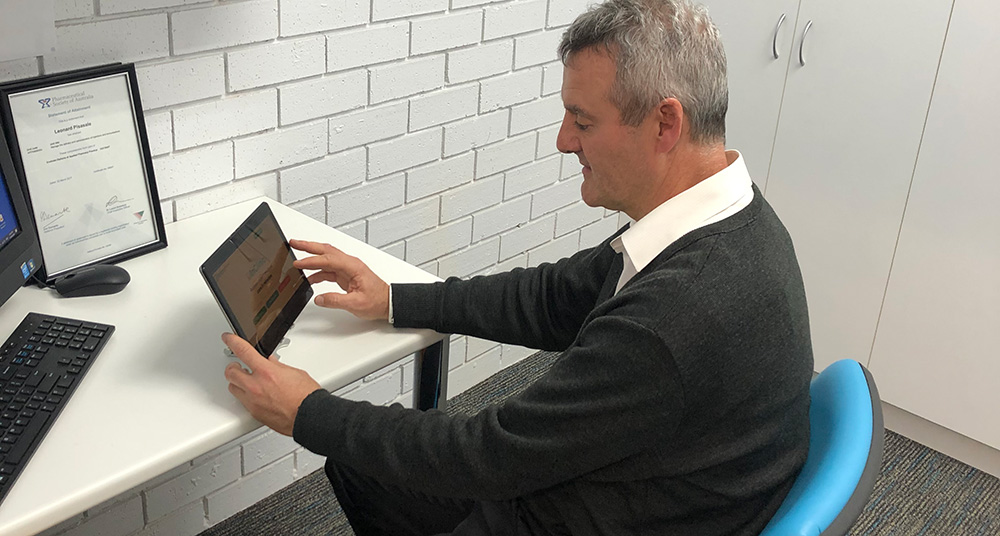
Remote Victorian pharmacist John Pisasale MPS has been offering patients the option of a telehealth consultation with a doctor from a private room in his Amcal pharmacy, using an encrypted telehealth service on a tablet.
With weeks-long waiting lists to see a local GP, he says telehealth is a good option for an isolated community like Robinvale, on the banks of the Murray River in north-western Victoria where many of his patients don’t have a regular doctor or can’t get a GP appointment when it’s necessary.
Telehealth has enabled him to triage patients, connect them to medical care when needed, and even deliver medicines without patients needing to leave their homes.
He estimates that about 70% of his patients’ needs can be met via telehealth.
‘Rather than sending people on their way, it just means taking that little bit of extra time to set them up [with a telehealth consultation].
For people who can’t get their regular medicine or find it hard to access a doctor, it’s really filled a gap and we have found quite high demand,’ he says.
Mr Beesley says that telehealth will provide an important option on the NSW mid-North Coast for the foreseeable future, though there will need to be more investment in infrastructure and training for pharmacists to use it effectively.
Ms Rigby agrees telehealth will be an important option for pharmacists post-pandemic.
‘Face-to-face will always give the best outcome compared to telehealth services, but if you don’t have telehealth services available, there are a lot of people who are going to miss out on really important care.
I think telehealth will bridge that.’
|
TELEHEALTH – RESOURCES FOR MEDICINE REVIEWS
|
References
- Sky News. Telehealth will be the ‘abiding legacy’ on the health front of COVID-19: Greg Hunt. 2020. At: www.skynews.com.au/details/_6156333407001
- Hall F, Dean D, Braithwaite C, et al. Reducing medication misadventure: A comparative analysis of telepharmacy and home medication reviews. 14th National Rural Health Conference: A World of Rural Health. 2017. At: www.nintione.com.au/?p=11781
- Poudel A, Nissen LM. Telepharmacy: a pharmacist’s perspective on the clinical benefits and challenges. Integr Pharm Res Pract 2016;5:75–82.




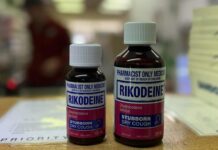

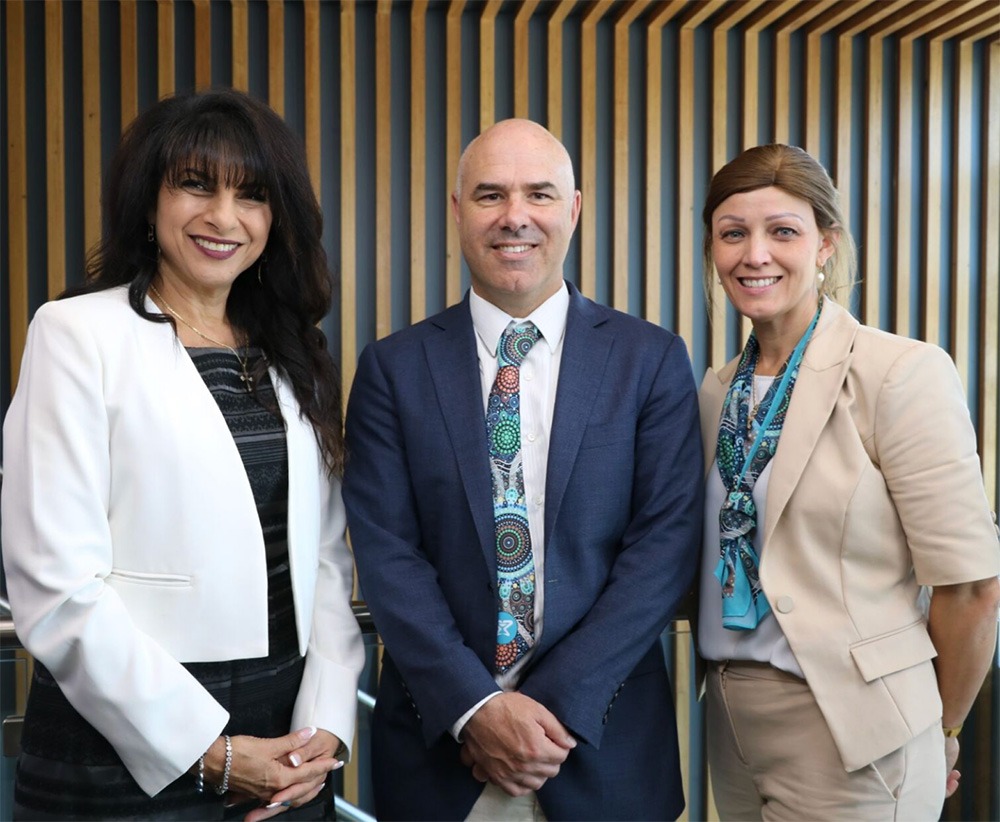 Team PSA 2026: Caroline Diamantis FPS, Prof Mark Naunton MPS and Bridget Totterman MPS[/caption]
Team PSA 2026: Caroline Diamantis FPS, Prof Mark Naunton MPS and Bridget Totterman MPS[/caption]
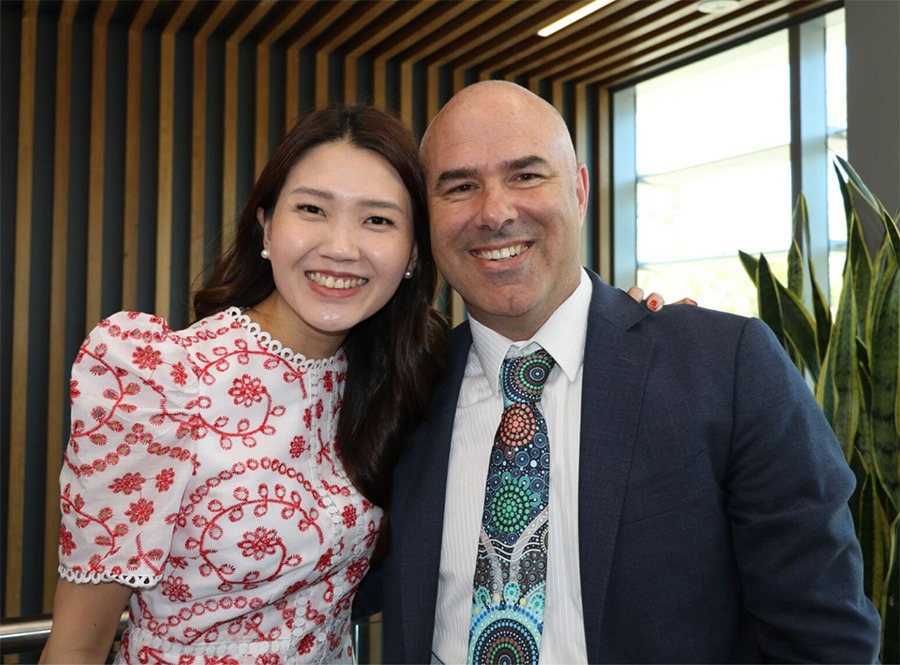 A/Prof Fei Sim and Prof Mark Naunton[/caption]
A/Prof Fei Sim and Prof Mark Naunton[/caption]

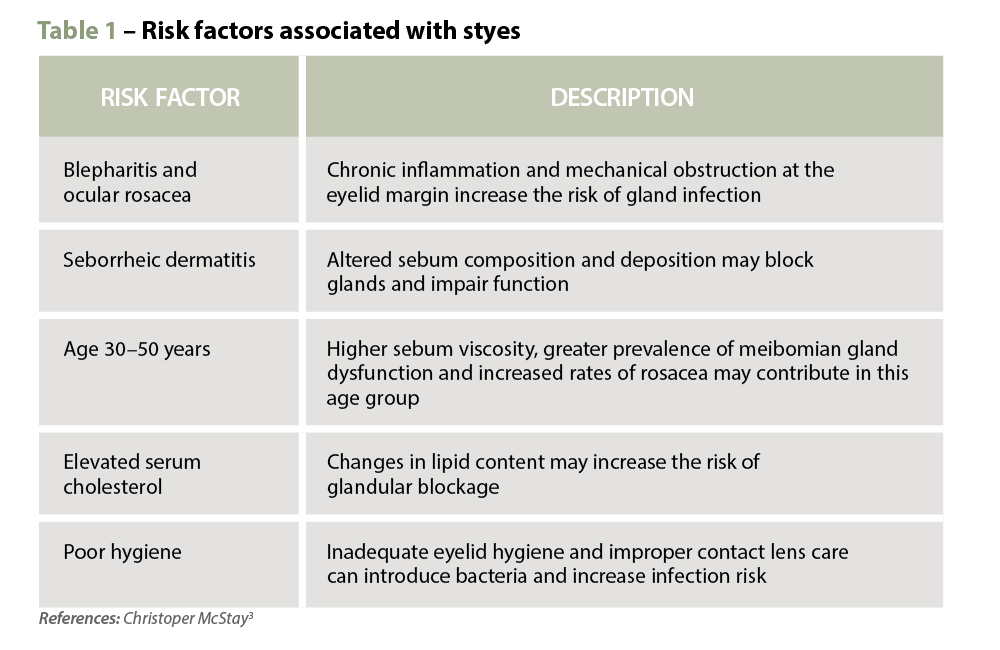 Clinical features
Clinical features 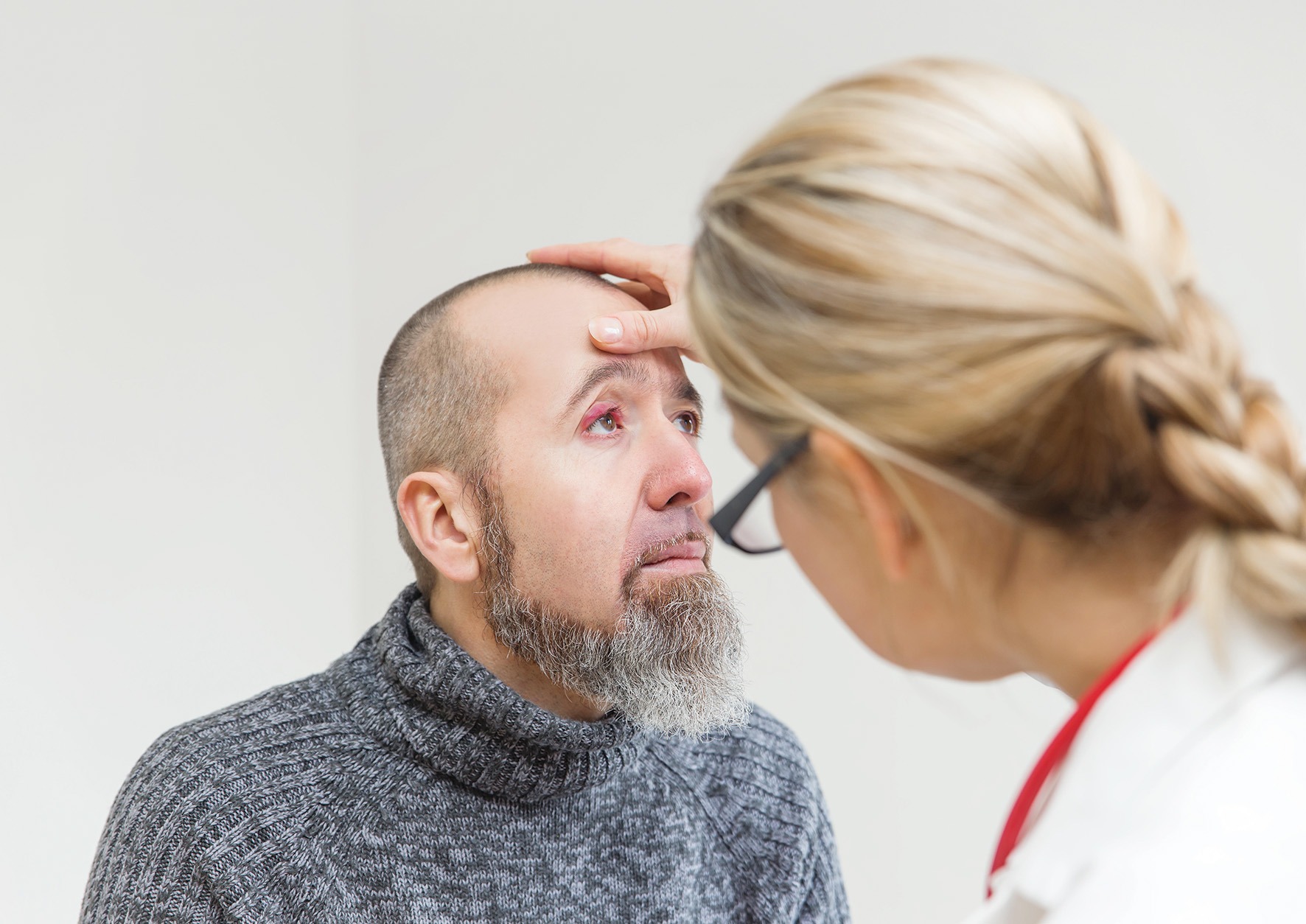 Warm compresses are the cornerstone of treatment, helping to soften the lesion, bring pus to the surface and encourage spontaneous drainage. A clean face cloth soaked in warm (not hot) water should be applied to the closed eyelid for 2–5 minutes, twice daily during the active phase. Once the stye begins to drain, any discharge should be gently wiped away using a clean, warm washcloth. After resolution, continuing warm compresses once daily may help prevent recurrence.2
Warm compresses are the cornerstone of treatment, helping to soften the lesion, bring pus to the surface and encourage spontaneous drainage. A clean face cloth soaked in warm (not hot) water should be applied to the closed eyelid for 2–5 minutes, twice daily during the active phase. Once the stye begins to drain, any discharge should be gently wiped away using a clean, warm washcloth. After resolution, continuing warm compresses once daily may help prevent recurrence.2 